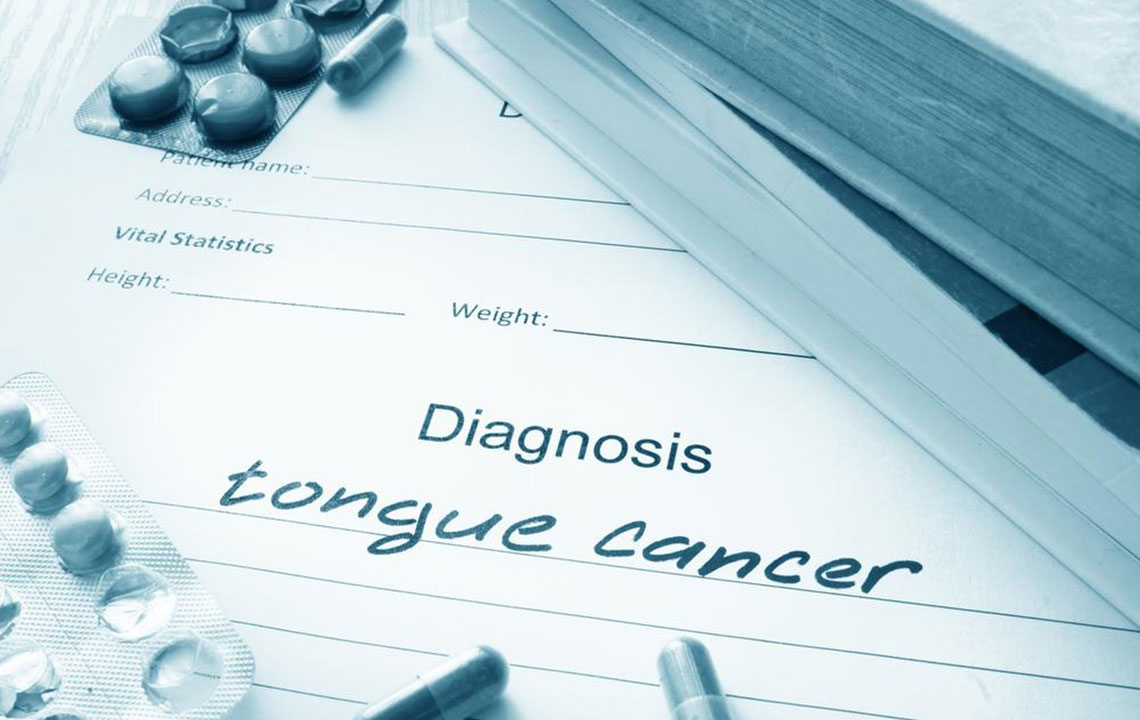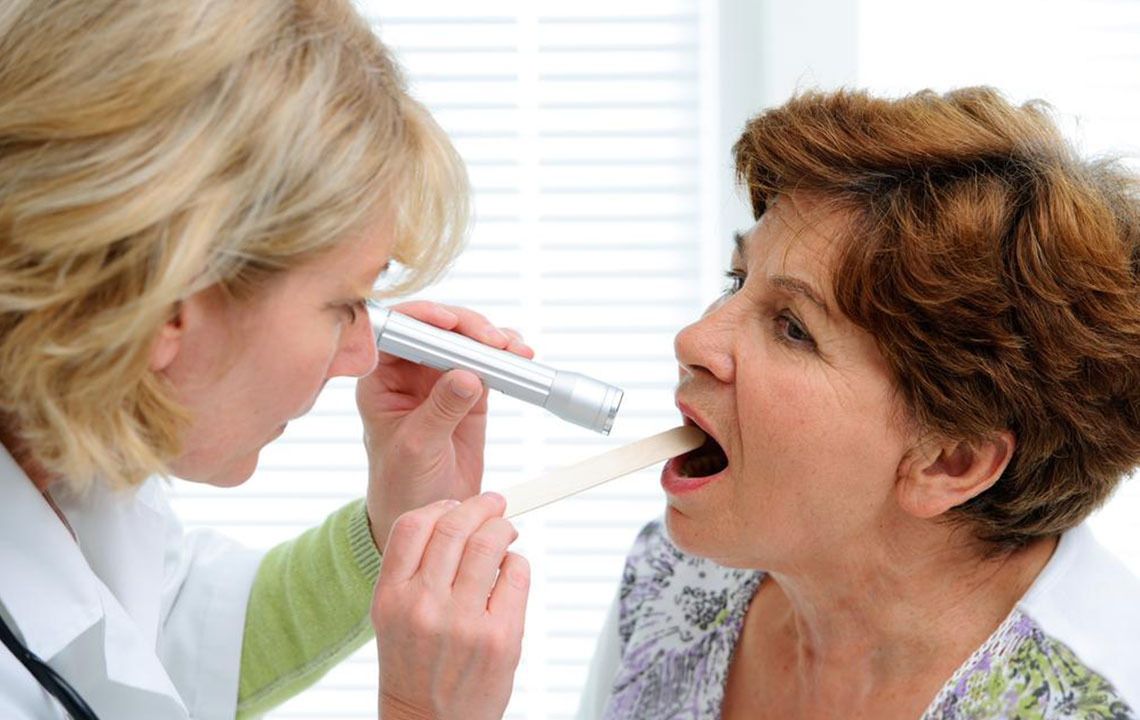Comprehensive Guide to Recognizing the Symptoms and Early Signs of Stomach Cancer
This comprehensive guide elucidates the signs and symptoms of stomach cancer, emphasizing the importance of early detection. Recognizing symptoms like persistent abdominal pain, unexplained weight loss, and blood in stools can facilitate timely medical intervention. The article explores diagnostic procedures and treatment options, highlighting how early diagnosis significantly improves outcomes. Awareness about the disease's progression, coupled with prompt symptoms recognition, empowers individuals to seek medical help early, enhancing survival chances and quality of life.

Understanding the Symptoms and Early Indicators of Stomach Cancer
Stomach cancer, scientifically known as gastric cancer, is a serious medical condition characterized by the uncontrolled growth of malignant cells within the lining of the stomach. Despite its relative rarity, it remains a significant health concern worldwide due to its often late diagnosis and complexities in treatment. The challenge with stomach cancer is that its initial stages often present no noticeable symptoms, making early detection difficult. This lack of early symptoms contributes to the high rate of diagnoses at advanced stages, where treatment options become more limited and prognosis less favorable. Recognizing the early signs and symptoms of stomach cancer is crucial for timely medical intervention that can significantly improve chances of recovery and long-term survival.
While stomach cancer constitutes about 1.7% of all new cancer cases in many national statistics, awareness remains vital. Early diagnosis is associated with a wider array of treatment options and better outcomes. However, as the disease progresses, symptoms become more apparent, often leading to advanced stages of the disease before detection. It’s essential for individuals to be familiar with potential warning signs such as persistent stomach pain, unintentional weight loss, nausea, and fatigue. Recognizing these symptoms promptly and consulting healthcare professionals can make a crucial difference in managing the illness effectively.
In this comprehensive guide, we delve into the specific signs and symptoms associated with stomach cancer, emphasizing the importance of early detection. We will review the common symptoms experienced in later stages and discuss the diagnostic processes and treatment options available. Whether you are seeking information for yourself, a loved one, or to increase general awareness, understanding these indicators can facilitate earlier medical consultation, ultimately saving lives.
Recognizing the Advanced Symptoms of Stomach Cancer
Most symptoms tend to manifest only after the disease has progressed into more advanced stages. If you or someone you know is experiencing any of the following symptoms, it is critical to seek prompt medical attention:
Persistent stomach pain: Discomfort or pain that persists and tends to worsen after eating is a common symptom in advanced gastric cancer. The pain may be dull or burning and generally does not resolve easily with over-the-counter medications.
Nausea and vomiting: Regular episodes of nausea or vomiting that do not subside can be warning signs. Sometimes, vomiting may contain blood or material that resembles coffee grounds, indicating internal bleeding.
Unexplained weight loss: Sudden and unexplained reduction in body weight, especially when coupled with loss of appetite, can indicate an underlying malignancy.
Frequent bloating or abdominal swelling: Persistent abdominal distension, feeling of fullness, or bloating despite eating small amounts of food can suggest tumor growth or other related complications.
Blood in stools: The presence of blood in stool or black, tarry stools (melena) is a serious symptom indicating internal bleeding within the stomach or intestines.
Early satiety: Feeling full after eating only a small amount of food, even when your appetite hasn't changed, may signal a tumor obstructing part of the stomach.
Jaundice: Yellowing of the skin and eyes, although less common, can occur if the cancer has spread or affected nearby organs, such as the liver.
Extreme fatigue: Persistent tiredness and weakness that do not improve with rest can be signs of anemia or systemic illness caused by stomach cancer.
Understanding that early symptoms are often subtle or absent emphasizes the importance of regular medical checkups, especially if one is at higher risk due to family history, dietary habits, or other factors. If you experience any of these symptoms persistently, early investigation through endoscopy, imaging, and biopsy can lead to early diagnosis, which significantly improves the prognosis.
Diagnosis and Treatment Options
When symptoms suggest stomach cancer, healthcare providers typically recommend diagnostic procedures such as upper endoscopy (gastroscopy), biopsy, and imaging techniques like CT scans or endoscopic ultrasounds. These investigations help determine the extent of the disease and guide treatment plans.
Stage-wise treatment options for stomach cancer can include surgical removal of the tumor (partial or total gastrectomy), chemotherapy, radiation therapy, or newer immunotherapy options. Early-stage cancers are often treatable with surgery alone, providing the best chance for a cure. Advanced stages may require multimodal treatments aimed at prolonging life, alleviating symptoms, and improving quality of life.
Overall, early detection remains crucial as it opens more effective treatment avenues and enhances the likelihood of complete remission. Awareness, timely medical attention, and advances in cancer therapies continue to improve survival rates for stomach cancer patients worldwide.





